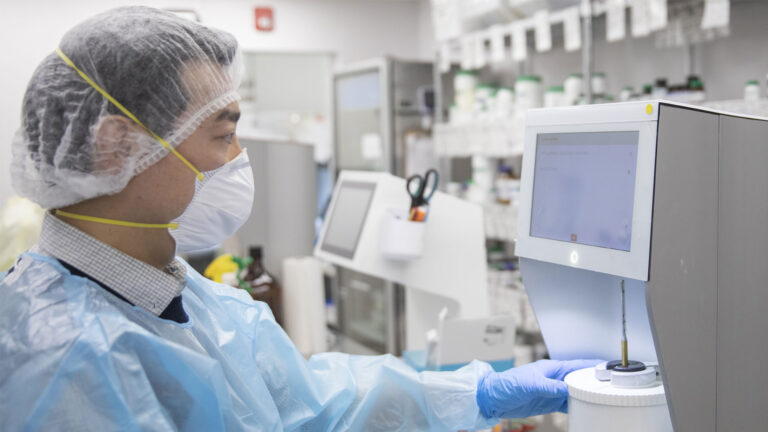Proper aseptic technique in conjunction with infection prevention practices for handling and administering injections can prevent the transmission of blood borne viruses and other pathogens to patients during routine health care procedures.
ACP has collaborated with the College of Physicians and Surgeons of Alberta (CPSA) and the College and Association of Registered Nurses of Alberta (CARNA) to create Guidelines for Medication and Vaccine Injection Safety. The guidelines, approved by ACP Council, complement the Guidelines for Hand Hygiene which was also developed in conjunction with CPSA and CARNA.
Overview
The medication and vaccine safety document includes six guidelines, each of which include further direction for practice:
- Medications are stored, handled and used safely.
- Vaccines are stored, handled, and used according to provincial policy and national guidelines.
- Injections and other sterile preparations are prepared safely.
- Injections and other sterile preparations are administered safely.
- Medical sharps are stored, handled, used, and disposed safely.
- If hazardous drugs are administered in the practice setting, they are stored, handled, and used safely.
“Most of what is included was already considered best practice,” said Dale Cooney, ACP’s Deputy Registrar. “The problem was they were never clearly outlined in one place. Now, pharmacists have easy access to a complete set of guidelines that apply to other professions as well. It’s important that these products be prepared the same way, no matter who the professional is.”
The guidelines provide direction for the preparation and administration of injections in the practice setting—simple preparations, drawn up, or prepared for imminent administration. Criteria to determine what can be prepared in the practice setting is outlined in section 3(f).
3 (f) – Sterile preparations prepared in the practice setting:
- Do not involve preparation that requires more than three sterile units/vials/containers.
- Do not require more than two entries into any one container, package or administration container/device.
- Do not require more than one hour of preparation time.
- Are under continuous supervision if the finished preparation is not immediately administered.
- Are prepared as close as possible to the time of administration.
- Unless immediately and completely administered by the person who prepared it, or immediate and complete administration is witnessed by the preparer, the preparation bears a label listing: patient identification information, names, and amounts of all ingredients, name, or initial of the preparer, and beyond-use time or date.
Preparations that do not meet these criteria must be prepared according to the Standards for Pharmacy Compounding of Non-Hazardous Sterile Preparations or the Standards for Compounding of Hazardous Sterile Preparations. The guidelines also specify that preparations that don’t meet the criteria must come from reputable sources such as a manufacturer or a pharmacy that meets the Alberta College of Pharmacists’ requirements for sterile compounding.
The Guidelines for Medication and Vaccine Injection Safety also provide answers to questions pharmacists routinely pose to ACP. For instance, it clears up confusion around the beyond-use-date for multi-dose vials. The guideline requires that multi-dose vials be discarded 28 days after opening, or sooner if there are visible signs of contamination or if the manufacturer directs otherwise.
“It’s an issue of sterility versus stability,” Dale added. “After 28 days, the drug may still be stable, but we don’t know if it’s still sterile. There is a chance the vial could be contaminated. That’s a chance we shouldn’t take.”




